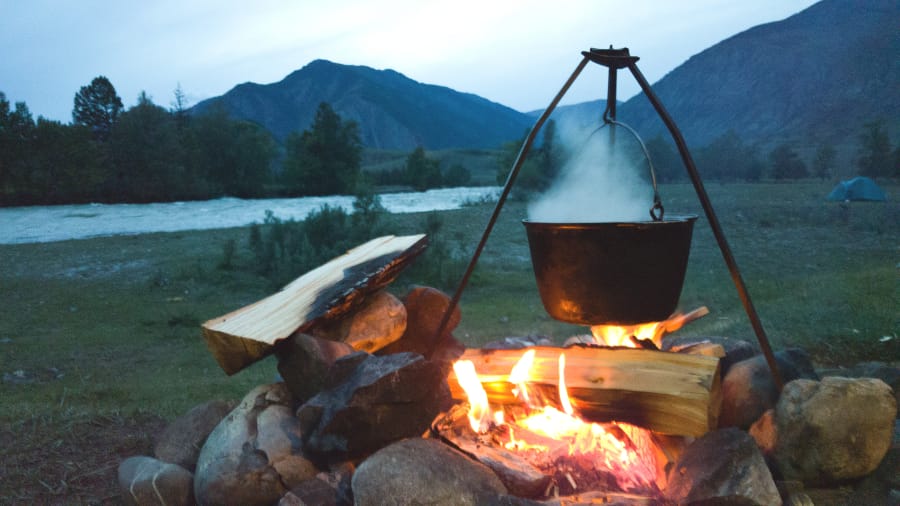SEATTLE — For the first time in a very long while, chefs Rachel Yang and Seif Chirchi have a lot of time on their hands. Due to the coronavirus pandemic, their two restaurants — Trove and Joule– are only open five days a week, three hours a day. And while they have always enjoyed camping as family anyway, this summer there’s been nothing for them to do with their kids other than “going out in nature,” Yang says.
So what do chefs cook for dinner while camping?
During a recent camping trip, Yang decided to forgo burgers or hot dogs and made banana leaf rice packets instead. “Camping is such an American thing,” she says. “But it doesn’t mean you have to have the same food every time.”
If you, like Yang, are squeezing in more camping trips this summer and you are looking to go beyond skewering a hot dog on any available stick (though that’s delicious in its own right!) but don’t know where to begin, we’ve got you covered.
“A little bit of planning goes a long way, especially when you don’t have your usual setup,” Yang says.



